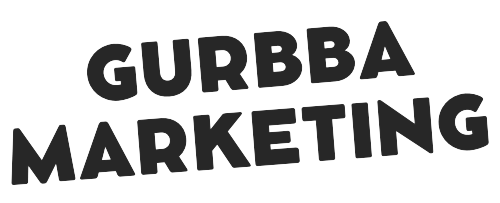Whether you’re writing for school or for business, clarity and readability are critical for effective communication. When it comes to paragraph writing, there are a few key points to remember that will help you write more clearly and effectively. Continue reading to learn more about how to write better paragraphs.
1. What is paragraph writing and why is it important
2. The different types of paragraph structures
3. How to create a strong topic sentence
4. Supporting sentences that provide evidence or explanation
5. Concluding sentence to wrap up the paragraph
6. Editing and proofreading your work for mistakes
1. What is paragraph writing and why is it important
Paragraph writing is the act of organizing your thoughts into a cohesive and clearly written paragraph. Good paragraph writing is important because it helps readers understand information more easily, and it also makes your writing look more professional.
In order to write a good paragraph, you need to have a strong topic sentence that will briefly summarize the main point of your paragraph. You also need to include supporting sentences that will provide details and examples to illustrate your main point. Finally, you should finish your paragraph with a conclusion sentence that will leave readers with a clear understanding of what you have written.

2. The different types of paragraph structures
There are three main types of paragraph structures: chronological, spatial, and functional.
Chronological paragraphs – These paragraphs are written in order of time, with the most recent events first. For example, if you were writing a paragraph about your weekend, you would start with what you did on Saturday, then move on to Sunday.
Spatial paragraphs – These paragraphs are written in order of space, with the closest objects being described first. For example, if you were describing a room, you would start with the furniture that is closest to you and then move on to the other objects in the room.
Functional paragraphs – These paragraphs are written based on the function or purpose of the object being described. For example, if you were writing about a chair, you would first describe how it is used and then move on to its other features.
3. How to create a strong topic sentence
A topic sentence is one of the most important elements of an essay. It introduces the main idea of the paragraph and establishes the purpose of the writing.
A strong topic sentence should be clear and concise, giving readers a sense of what the paragraph will be about. It should also be specific, offering a focused argument or claim. Additionally, a good topic sentence should be well-organized, helping to guide readers through the rest of the paragraph.
For example, a strong topic sentence for a paragraph about dogs might be “Dogs are loyal and loving companions.” This sentence introduces the main idea of the paragraph (dogs are great pets) and provides a specific claim that will be supported by the rest of the paragraph.
4. Supporting sentences that provide evidence or explanation
A well-written paragraph should provide evidence or explanations to support the main idea. This can be in the form of specific examples, statistics, or expert testimony. By including such supporting details, writers can give their readers a better understanding of the issue at hand. Additionally, readers are more likely to find the argument convincing if it is supported by evidence.
One common type of evidence used in writing is expert testimony. This might take the form of quoted testimony from experts in the field, or it could be a summary of what an expert has said on the topic. Either way, including expert testimony can lend credibility to an argument and help to persuade readers.
Statistics are another type of supporting detail that can be used in writing. They can provide hard data that backs up an assertion, making it more convincing to readers. When using statistics, it is important to be sure that they are from a reliable source and that they are presented in an accurate way.
Finally, specific examples can also be used to support a point. These might be real-life examples that the writer has personal knowledge of, or they could be fictional examples that illustrate a point. Regardless, such details can help to make an argument more understandable and more persuasive.
5. Concluding sentence to wrap up the paragraph
The final sentence of your paragraph should not be an afterthought, assuming that you have created a solid paragraph with a solid introduction, body, and conclusion. The final phrase is crucial because it serves as a reminder of the paragraph’s primary idea and gives the reader food for thought. The reader will feel like they have learned something by the conclusion and will have a sense of closure. Avoid merely restating what has been mentioned in the previous paragraph when drafting the conclusion. Instead, make an effort to highlight a key point or offer a fresh take on the subject. You may make sure that your paragraph closes well by paying attention to these suggestions.
6. Editing and proofreading your work for mistakes
Before submitting any piece of writing, whether it’s a school essay or a professional report, it’s critical to revise and proofread it for errors. Even the best writers make mistakes, and a thorough review can help to catch them. Editing entails ensuring that your paper flows well and is organized logically. Proofreading is the process of checking for spelling, grammar, and punctuation errors. Both steps are necessary to ensure that your writing is clear and error-free.To begin editing your work, read it aloud. This will assist you in detecting awkward phrasing or misplaced words. Next, check for clarity and ensure that each sentence stands alone. Finally, examine your paper’s overall structure to see if there is anything you can improve. It’s time to proofread once you’ve finished editing. Begin by reading your paper slowly and carefully, looking for errors. Then, check your work with a spellchecker to catch any typos or misspellings. Finally, have someone else read your paper and provide feedback. You can ensure that your writing is polished and error-free with a little effort.
